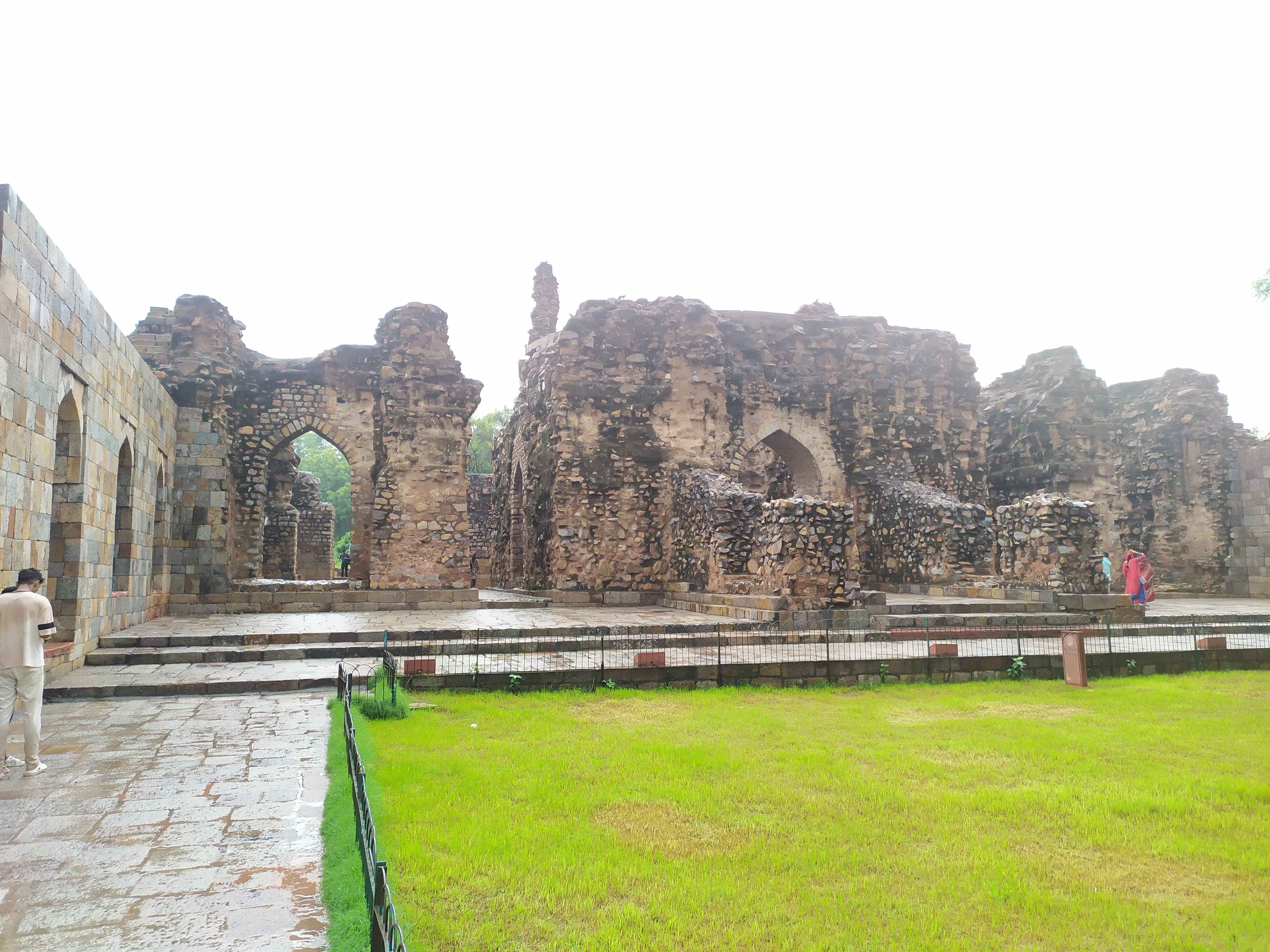
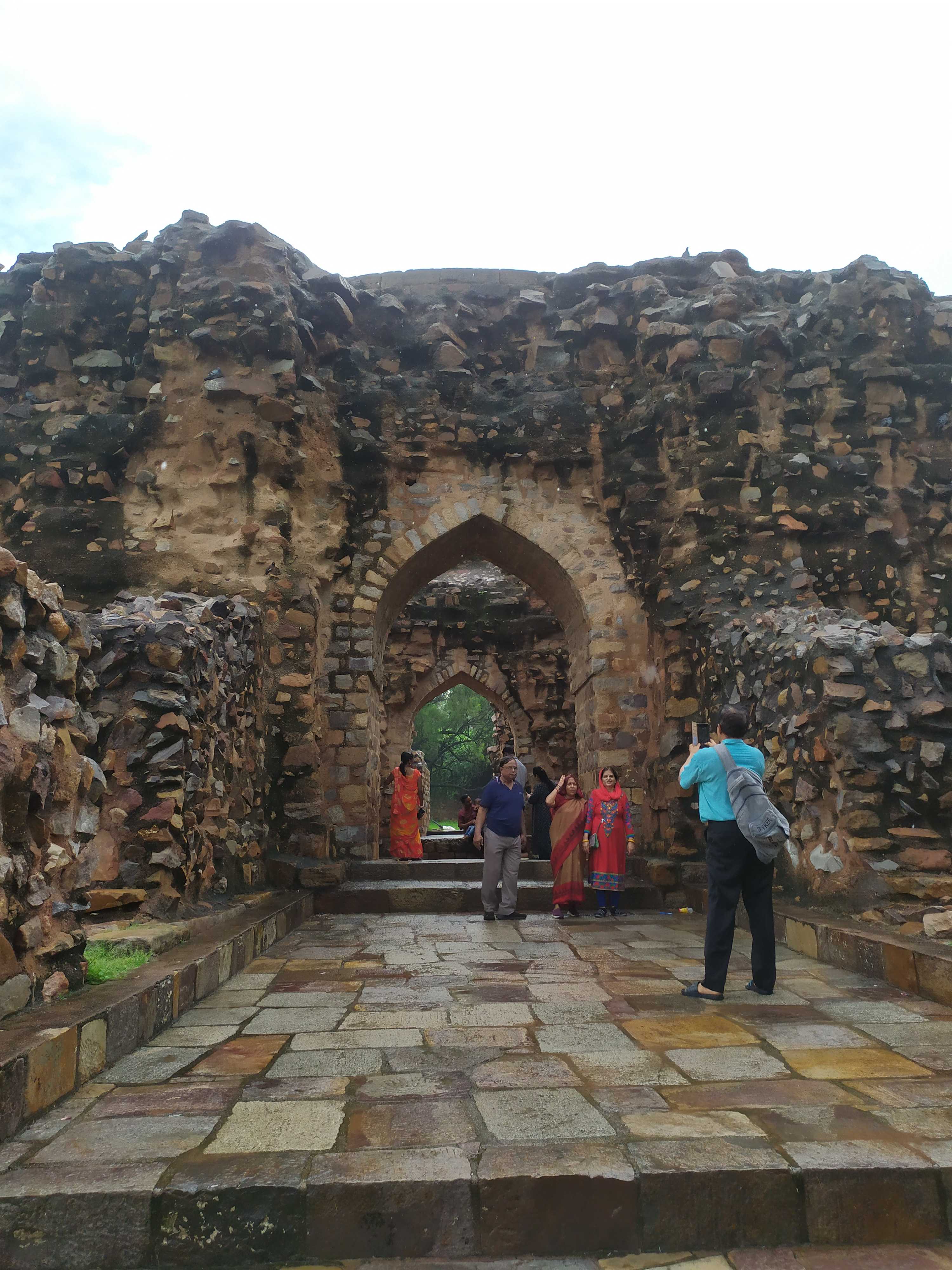
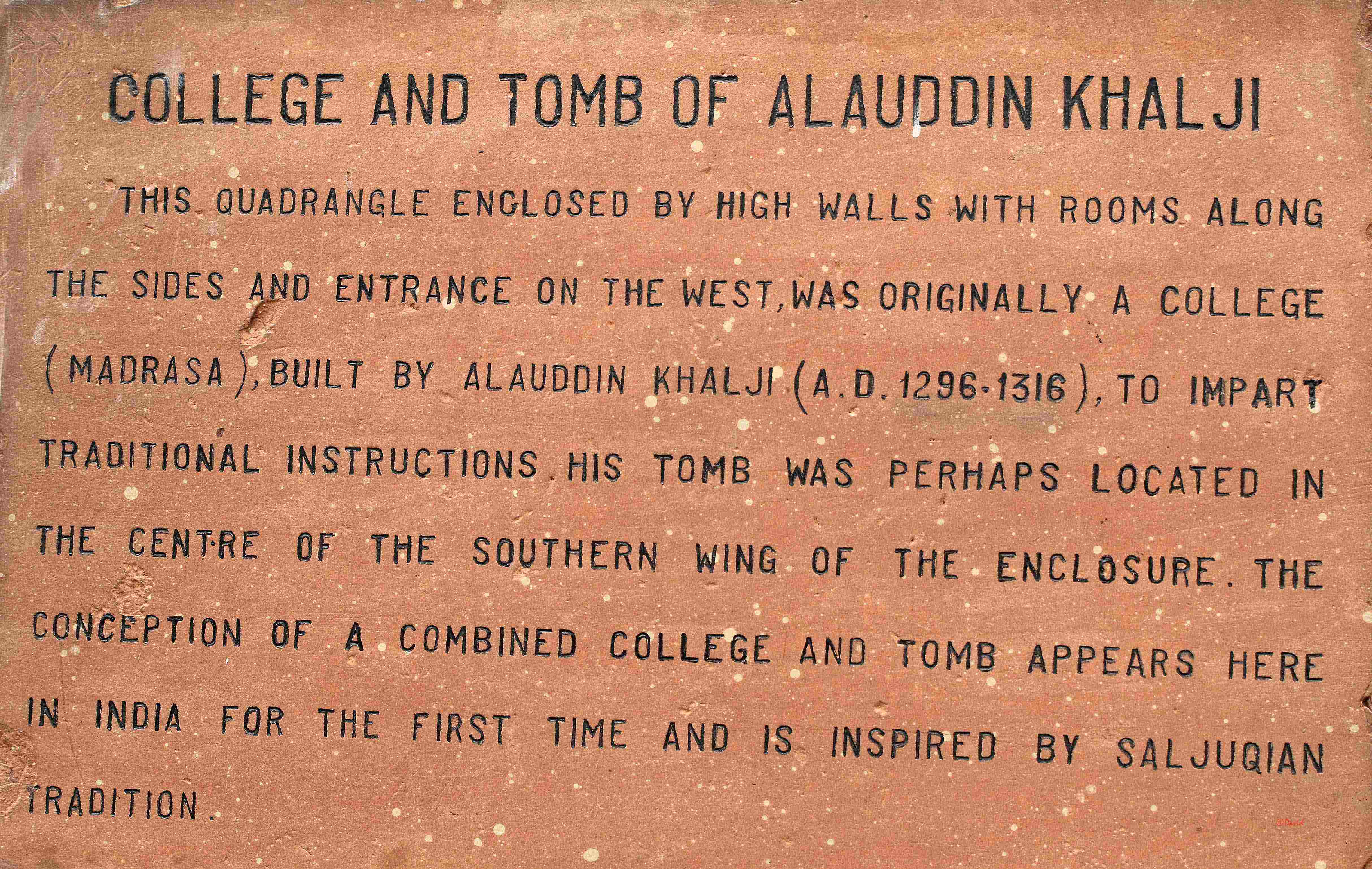
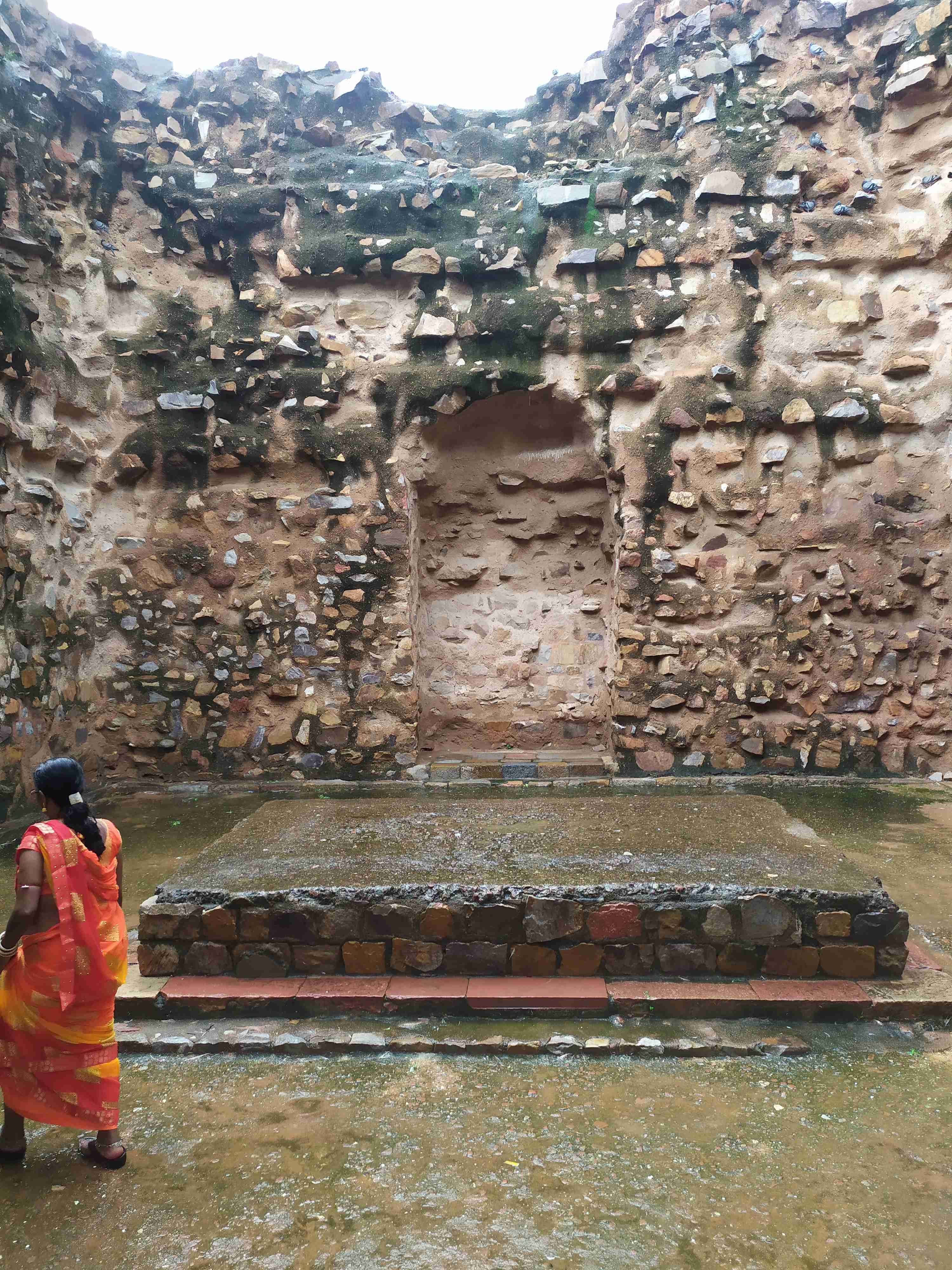
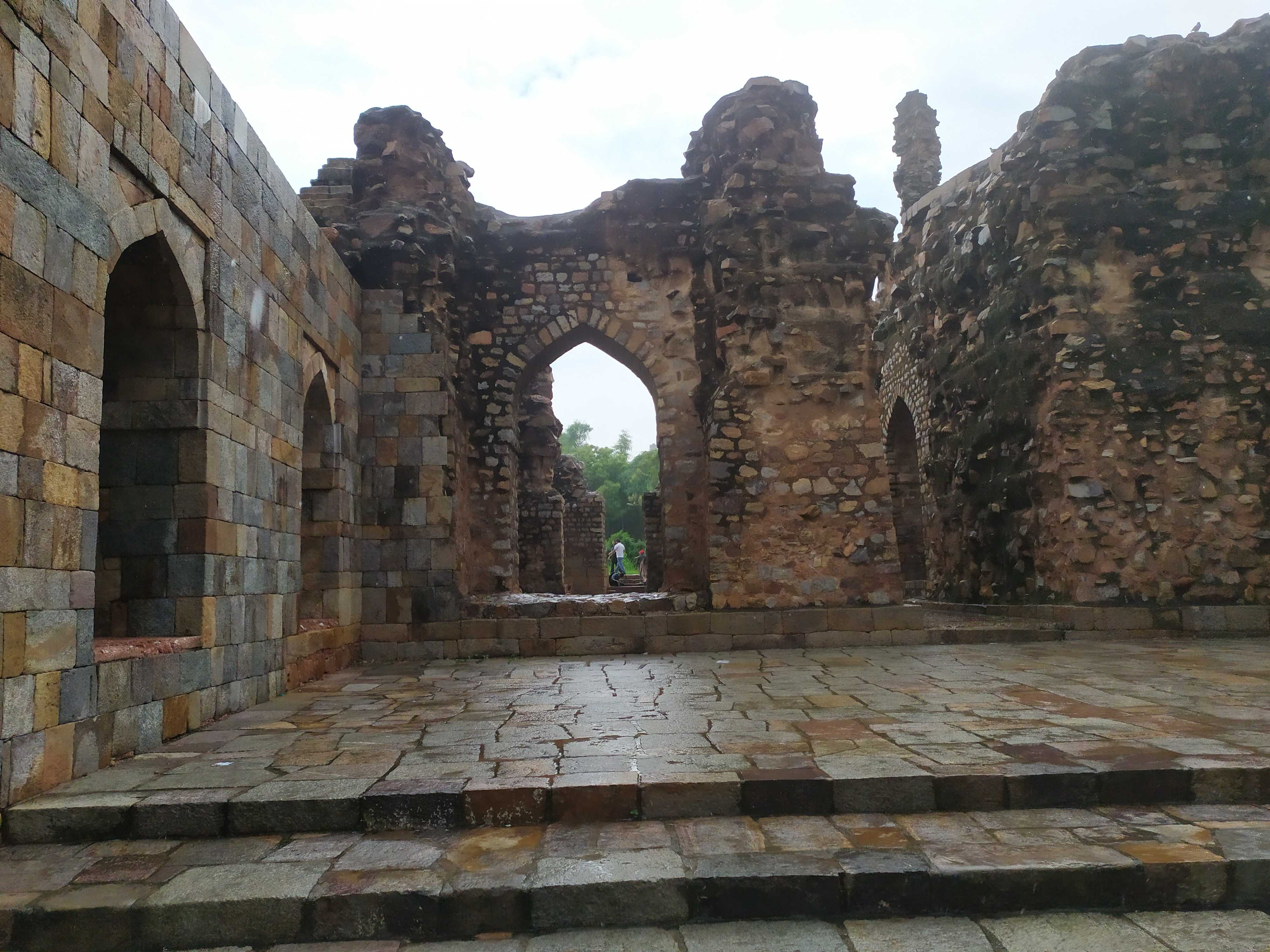
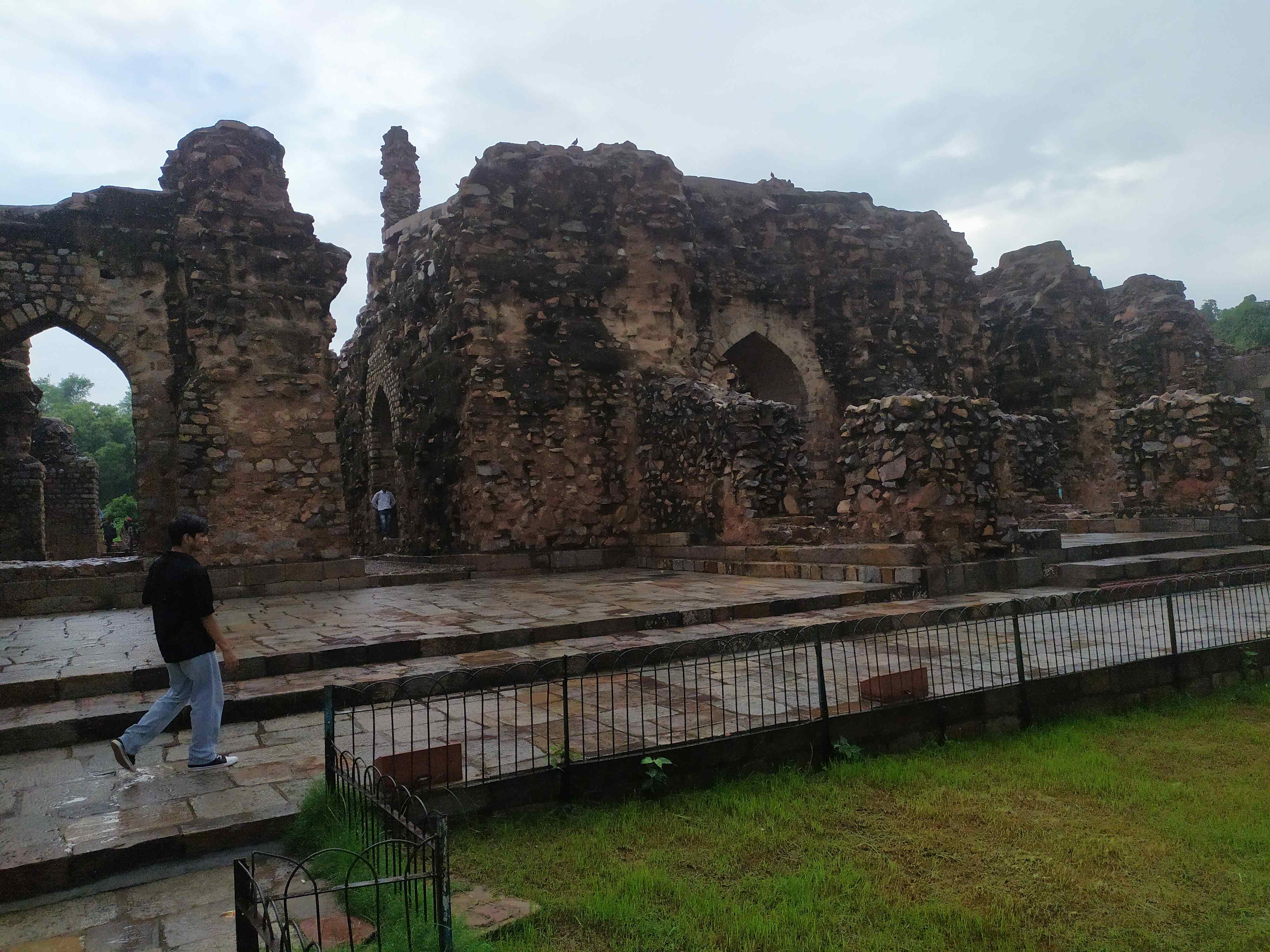
Nestled within the historic Qutub Complex in Mehrauli, Delhi, lies a structure that whispers tales of ambition, power, and architectural innovation – the tomb of Alauddin Khilji. Built in 1315 A.D., this monument is a testament to the legacy of one of India's most formidable sultans. It offers visitors a unique window into the evolving architectural landscape of medieval Delhi. As you approach the tomb, you're immediately struck by its understated elegance. Unlike the ornate structures that would later define Mughal architecture, Khilji's tomb embraces simplicity. Its walls, once robust and imposing, are now weathered sentinels, bearing silent witness to seven centuries of history. The dome that once crowned the central room has long since vanished, leaving the sky as its new ceiling – a poetic reminder of the transience of earthly power. What sets this tomb apart is its pioneering design. It's believed to be the first tomb-madrasa combination in India, a concept possibly influenced by Seljuk architecture. This fusion of burial place and center of learning speaks volumes about Khilji's vision for his legacy, intertwining political power with intellectual pursuit. As you explore the ruins, let your imagination reconstruct the grandeur that once was. Picture the thick walls of rock and limestone in their prime, the now-eroded passages that once connected small chambers on either side of the main tomb. Though time has taken its toll, the sharp-edged rocks beneath the walls hint at the structure's original magnificence. The tomb's simplicity – a stark contrast to Khilji's ambitious reign – invites contemplation. Was this humility by design or a result of hasty construction? The answer lies buried in the annals of history, adding an air of mystery to your visit. Despite its dilapidated state, the tomb continues to hold a powerful allure. Its restoration, begun centuries ago by Firoz Shah Tughluq and now under the care of the Archaeological Survey of India, ensures that this piece of Delhi's rich tapestry endures. Alauddin Khilji's tomb is not just a historical site, but a pivotal moment in Indo-Islamic architecture. Amidst the ruins, you'll find a profound connection to India's medieval past and the enduring legacy of one of its most powerful rulers.